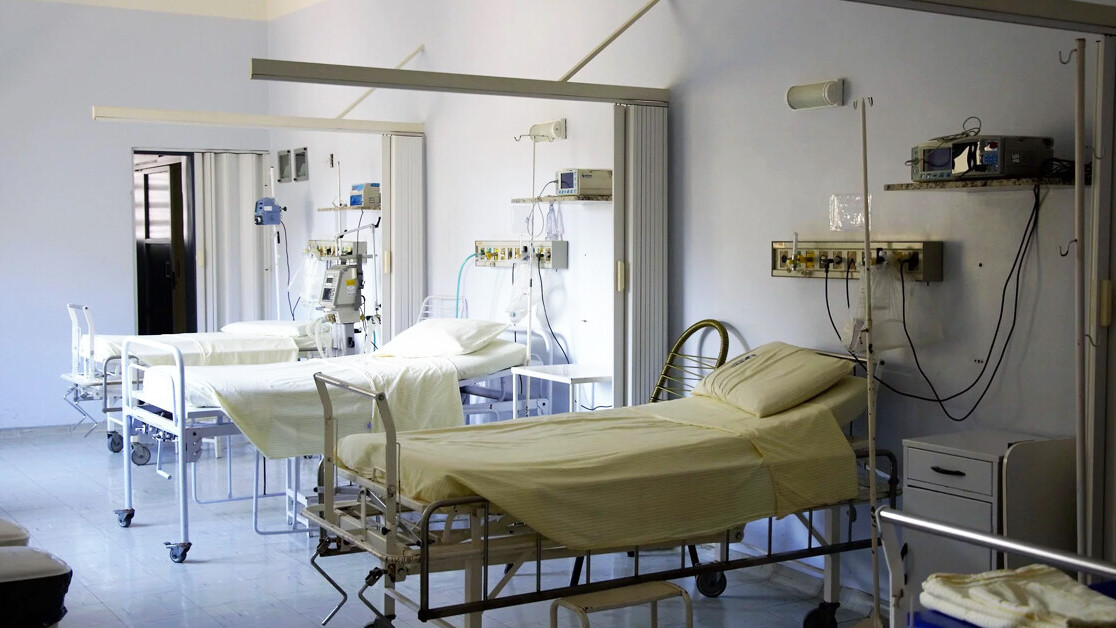
As the novel coronavirus (COVID-19) continues to spread across the world, governments and hospitals are being overwhelmed with an influx of patients. Under such circumstances, one of the key challenges they must address is managing their resources and developing care and hospitalization strategies that can prioritize the riskiest patients.
This is one area where artificial intelligence can help, experts at Jvion believe. The company, which specializes in clinical AI, is undertaking a data analysis project that will inform COVID-19 readiness strategies and help hospitals take a proactive approach to manage patient populations in the inpatient and outpatient settings.
Jvion is using machine learning algorithms to determine the social risk factors that make people more likely to contract and spread the virus or acquire an infection that requires hospitalization.
“We know two things today: First, projections are that at some point hospital resources and capacity will be outstripped by the demand, and second, clinical data (vital signs, x-rays, etc.) are poor indicators for a patient’s ultimate outcome,” John Frownfelter, MD, Chief Medical Information Officer at Jvion, told TechTalks. “Which patient could do well at home, and which patient is likely to not survive no matter what therapy is offered is one of the more difficult clinical challenges. AI can definitely help in this space.”
Jvion’s AI will help identify uninfected individuals out in the community who are at risk for a severe course of illness. Health care organizations can advise these people to exercise complete precautions for self-isolation.
Read: [Claims that AI detects coronavirus in X-rays aren’t convincing medical experts]
“As hospitals are inundated with patients, these individuals will be safe at home. This can’t be generalized as a practice to all people, but for those highest at risk it can be life-saving,” Frownfelter says.
There are already several efforts in place to leverage artificial intelligence in the fight against coronavirus. Some of these methods include automatically measuring people’s temperature in public places, diagnosing COVID-19 infections from chest x-ray scans, and using machine learning algorithms to predict the spread of the virus.
Jvion’s approach helps complement those efforts by determining individual risk levels while using minimal or no clinical data and using limited patient-level information that doesn’t require special medical equipment. This will make it possible to leverage the AI to study large populations and determine high-risk patients without flooding medical centers.
The AI’s preliminary analysis looked over data from 2 million patients to determine which among thousands of factors increase the risks of acquiring infections that lead to end-organ damage, such as respiratory failure.
As with other research on coronavirus, the findings have flagged old age and chronic conditions as major risk factors for poor outcomes. But the machine learning algorithm was also able to ferret out social risk factors, including long commutes, living in dense residential areas such as college dorms, attending public events and shopping in person.
Discovering social risk factors can make a big difference in dealing with contagious diseases such as the novel coronavirus. Studies show that in previous pandemics such as H1N1 in 2009, social factors contributed to worse outcomes among socioeconomically disadvantaged populations.
Social determinants of health (SDOH) are easier to obtain than individual health information, which is subject to various privacy rules and regulations and often complicates the development of AI health care solutions.
“We have developed methods and resources to rapidly gather all the data on any individual. In addition, we have developed methods and technology to analyze communities, without having data on individual patients,” Frownfelter says.
Jvion’s researchers first introduced their method in a paper published in The American Journal of Managed Care in January. Their key takeaway was that machine learning models make it possible to predict individual hospital and emergency department utilization using publicly available data on socioeconomic determinants of care and purchased behavioral data, without requiring clinical risk factors.
Jvion has also launched the COVID Community Vulnerability Map, a free, publicly available tool that identifies populations that are likely to experience severe outcomes requiring hospitalization if they contract the virus. The map also shows the socioeconomic and environmental factors that put patients at greater risk.

While Jvion’s efforts are currently limited to the U.S., the AI’s success could help other regions where individual health data is not readily available, but a large enough sample size can quickly create a model that is representative of the population.
“Even when data on the health event in question isn’t readily available there are surrogates that can be leveraged to identify likely outcomes to inform strategies proactively,” Frownfelter says. “The analysis and resulting Jvion COVID Community Vulnerability map can help save lives by giving communities, states, health systems, and payers time to plan and insights into what to plan.”
This story is republished from TechTalks, the blog that explores how technology is solving problems… and creating new ones. Like them on Facebook here and follow them down here:
Get the TNW newsletter
Get the most important tech news in your inbox each week.




